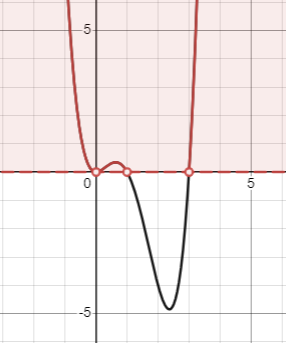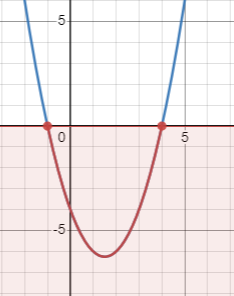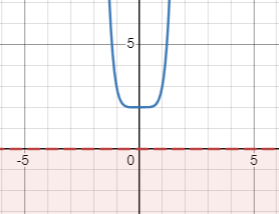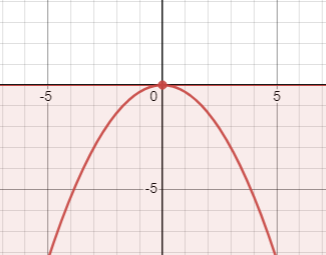Learning Outcomes
- Solve polynomial inequalities using boundary value method.
Solving Polynomial Inequalities using Boundary Value Method
Any inequality that can be put into one of the following forms
[latex]f(x)>0, f(x) \geq 0, f(x)<0,[/latex] or [latex]f(x) \leq 0[/latex], where [latex]f[/latex] is a polynomial function
is called polynomial inequality.
How To: Solve Polynomial Inequalities using Boundary Value MEthod
- Rewrite the given polynomial inequality as an equation by replacing the inequality symbol with the equal sign.
- Solve the polynomial equation. The real solution(s) of the equation is(are) the boundary point(s).
- Plot the boundary point(s) from Step 2 on a number line.
[latex]\Rightarrow[/latex] Use an open circle when the given inequality has [latex]<[/latex] or [latex]>[/latex]
[latex]\Rightarrow[/latex] Use a closed circle when the given inequality has [latex]\leq[/latex] or [latex]\geq[/latex]. - Choose one number, which is called a test value, from each interval and test the intervals by evaluating the given inequality at that number.
[latex]\Rightarrow[/latex] If the inequality is TRUE, then the interval is a solution of the inequality.
[latex]\Rightarrow[/latex] If the inequality is FALSE, then the interval is not a solution of the inequality. - Write the solution set (usually in interval notation), selecting the interval(s) from Step 4.
Example: Solving Polynomial Inequality using Boundary Value Method
Solve the polynomial inequality using boundary value method. Graph the solution set and write the solution in interval notation.
[latex]x^4-4x^3+3x^2 > 0[/latex]
Try It
Solve the polynomial inequality using boundary value method. Graph the solution set and write the solution in interval notation.
[latex]x^2 \leq 3x+4[/latex]
Example: No solution Case
Solve the polynomial inequality using boundary value method. Graph the solution set and write the solution in interval notation.
[latex]x^6 +2 < 0[/latex]
Try It
Solve the polynomial inequality using boundary value method. Graph the solution set and write the solution in interval notation.
[latex]-\frac{1}{3}x^2 \leq 0[/latex]
Candela Citations
- Solving Polynomial Inequalities. Authored by: Michelle Eunhee Chung. Provided by: Georgia State University. License: CC BY: Attribution






 Third, choose your choice of test value from the interval:
Third, choose your choice of test value from the interval: 



